Direct Mail Sales Letter Template for Maximum Impact
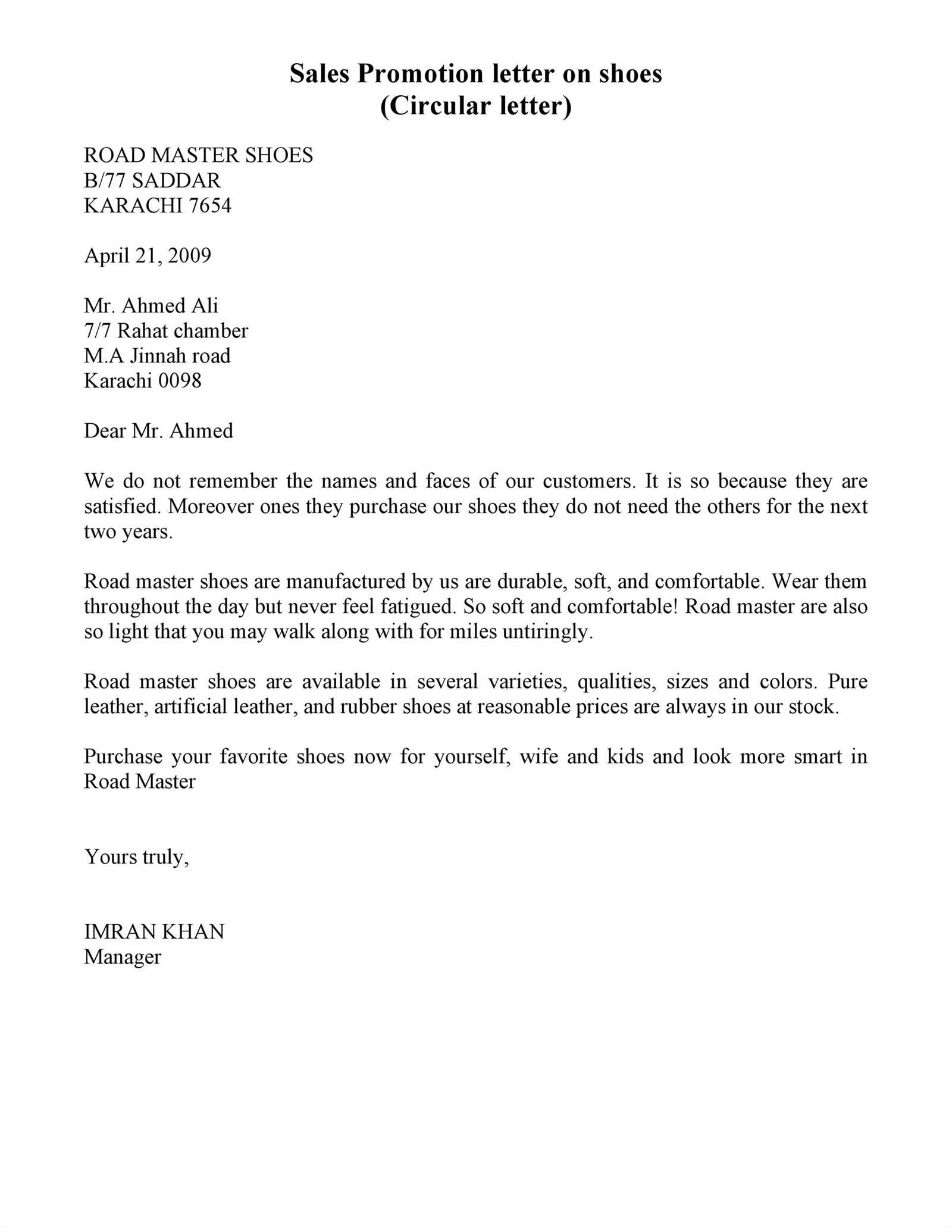
Creating an impactful communication that resonates with potential customers is essential for any business. Whether you’re reaching out to promote a product, service, or special offer, the key lies in how well you connect with your audience through written content. A well-crafted message can engage the reader, spark interest, and encourage action, leading to higher conversion rates.
Effective written communication requires a balance between personalization, clarity, and persuasion. Understanding the psychology behind what makes people respond to an offer is crucial in shaping the way you present your message. When done right, it can become a powerful tool in driving business growth and fostering long-term relationships with customers.
This guide will walk you through the essential components of a strong marketing piece that leaves a lasting impression. By following these best practices, you can ensure your communication stands out and delivers results that align with your marketing goals.
htmlEdit
Understanding the Power of Direct Mail
Effective communication with potential clients remains a cornerstone of any successful marketing strategy. By reaching out to individuals in a personal and tangible way, businesses can build stronger connections and drive action. This method of outreach leverages the physical space to capture attention and foster engagement, making it a powerful tool for businesses seeking to stand out in an increasingly digital world.
The Lasting Impact of Physical Outreach
When compared to digital communications, physical communications tend to have a longer-lasting presence. Unlike an email that may disappear into an inbox, a tangible piece can sit on a desk or be noticed repeatedly, reinforcing the message over time. The effort required to hold something in hand creates a more memorable experience for the recipient.
Why It Works
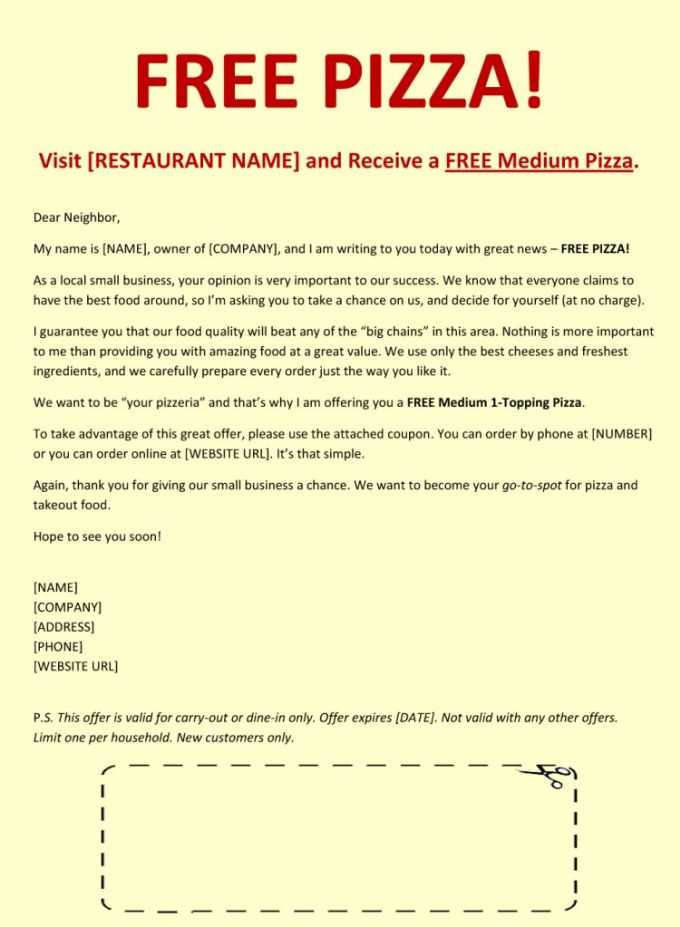
The key to its effectiveness lies in its ability to reach people in a way that feels personal. It’s not about sending generic content, but rather about crafting something meaningful that speaks directly to the individual. When done correctly, it establishes credibility and builds trust, making recipients more likely to take the desired action.
Engagement through personalization plays a crucial role. By tailoring content to address specific needs or interests, businesses enhance their chances of eliciting a response. It’s this combination of attention to detail and the tactile experience that makes this method so compelling and effective.
htmlEdit
Key Elements of an Effective Letter
Crafting a message that resonates with the recipient is crucial for achieving a positive response. It involves understanding the recipient’s needs, capturing their attention quickly, and guiding them toward taking the desired action. The structure and content of the communication play a significant role in how well it connects and engages.
The opening lines are particularly important as they determine whether the reader will continue or discard the message. A strong, compelling introduction that directly addresses the reader’s pain points or interests sets the tone for the rest of the message.
Another critical aspect is clarity. The main message should be concise and easy to understand, without unnecessary jargon. Highlighting the benefits or solutions provided, rather than just listing features, helps the recipient see the value being offered.
Finally, a clear call to action is essential. The reader should know exactly what steps to take next, whether it’s making a purchase, requesting more information, or another desired outcome. Ensuring this instruction is simple and direct increases the likelihood of success.
htmlEdit
Design Tips for Maximum Readability
Ensuring that your message is easy to read and understand is critical for capturing the reader’s attention and guiding them to take the desired action. Thoughtful design can make a significant difference in how your content is received and absorbed. Proper layout, font choices, and structure help enhance clarity and engagement.
Use Clear and Legible Fonts
Choosing the right fonts plays a major role in readability. Opt for simple, sans-serif fonts that are easy on the eyes and avoid overly decorative styles. Keep the font size large enough to be readable, especially for older audiences, and ensure there is ample spacing between lines to prevent visual clutter.
Organize with Visual Hierarchy
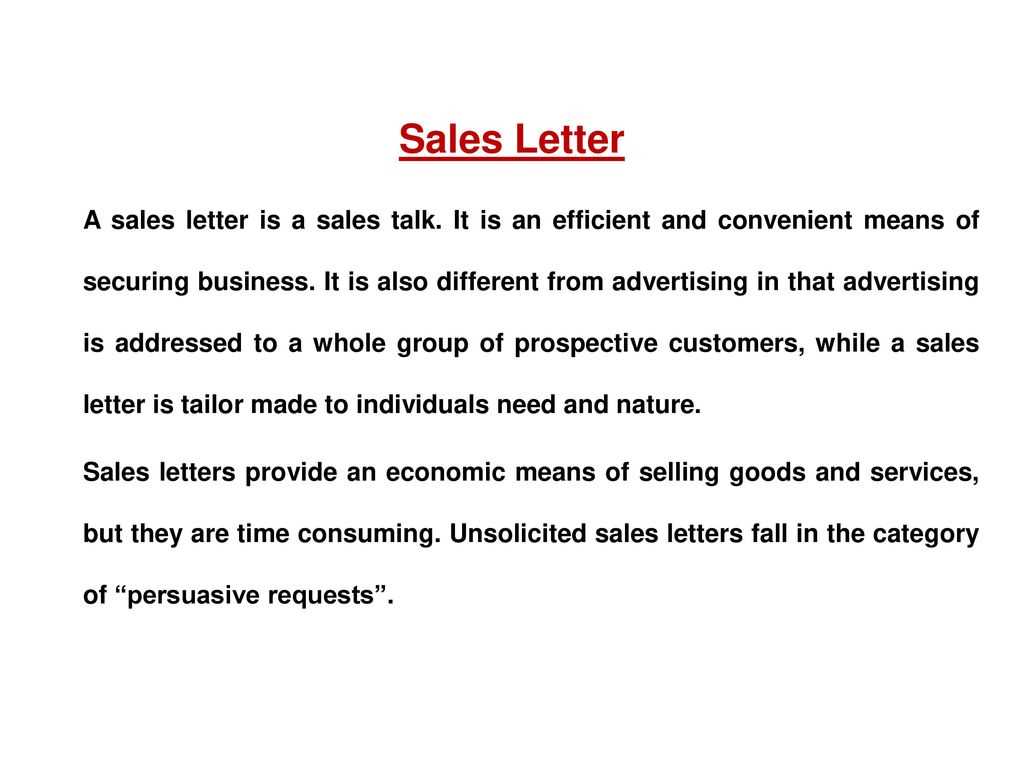
Effective use of headings, subheadings, and bullet points makes the content easier to scan. This structure helps the reader quickly grasp the key points. By using bold or larger fonts for important sections and keeping paragraphs short, the message becomes more digestible and engaging.
htmlEdit
Personalization Techniques for Higher Engagement
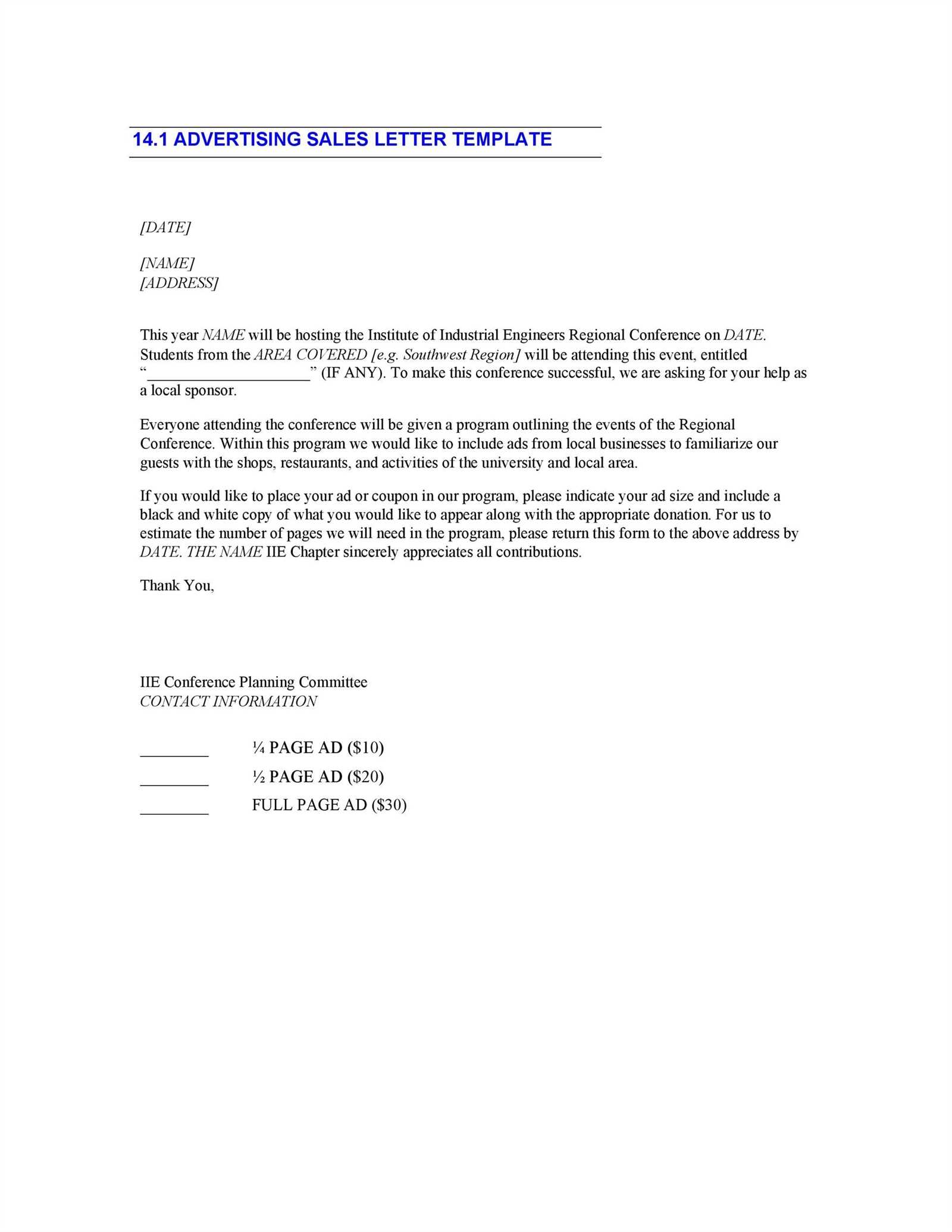
Customizing your approach to each individual can significantly increase their interest and willingness to engage. By making the recipient feel recognized and valued, you create a connection that drives better responses. This involves tailoring your content to speak directly to the person’s needs, preferences, and behaviors.
Dynamic Content for Unique Experiences
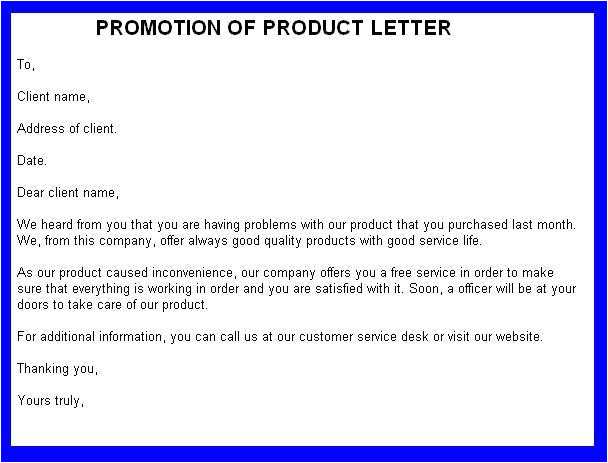
One effective method is using dynamic content that changes based on the recipient’s preferences or past interactions. This technique ensures that each person receives relevant and engaging material, whether it’s special offers, product recommendations, or personalized greetings.
Segmenting Your Audience
Segmenting your audience based on specific criteria, such as demographics, purchase history, or interests, allows for more targeted messaging. This strategy ensures that the content resonates with the right people at the right time, improving the chances of conversion.
| Segment | Personalized Strategy |
|---|---|
| Age Group | Offer age-appropriate products or services |
| Location | Tailor offers based on local preferences or events |
| Purchase History | Send follow-up recommendations or related items |
htmlEdit
Measuring the Success of Your Campaign
Understanding the effectiveness of your efforts is essential to improving and optimizing future initiatives. By tracking key metrics and analyzing results, you can assess whether your outreach is resonating with your audience and achieving your business goals. Regular evaluation ensures that you stay on the right path and refine your approach where necessary.
Key Metrics to Track
The first step in measuring success is to identify the metrics that matter most to your goals. Common indicators include response rates, conversions, and return on investment. Response rate helps you understand how many recipients engaged with your message, while conversion rate indicates how many completed the desired action, such as making a purchase or signing up.
Analyzing the Data
Once the data is collected, it’s crucial to analyze it to uncover insights. Look for trends, such as patterns in customer behavior or the impact of specific messaging elements. Segmentation analysis can further help you understand which audience groups are responding best, enabling you to refine future outreach strategies.